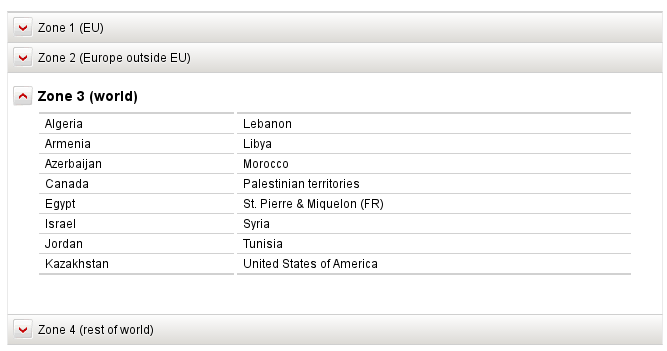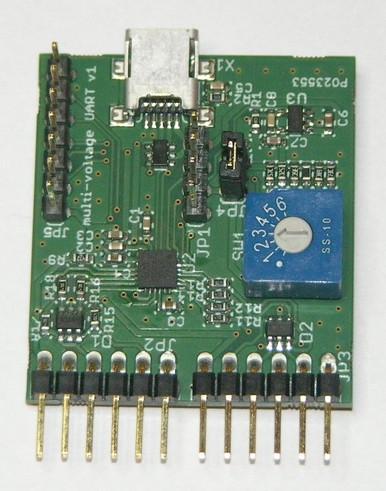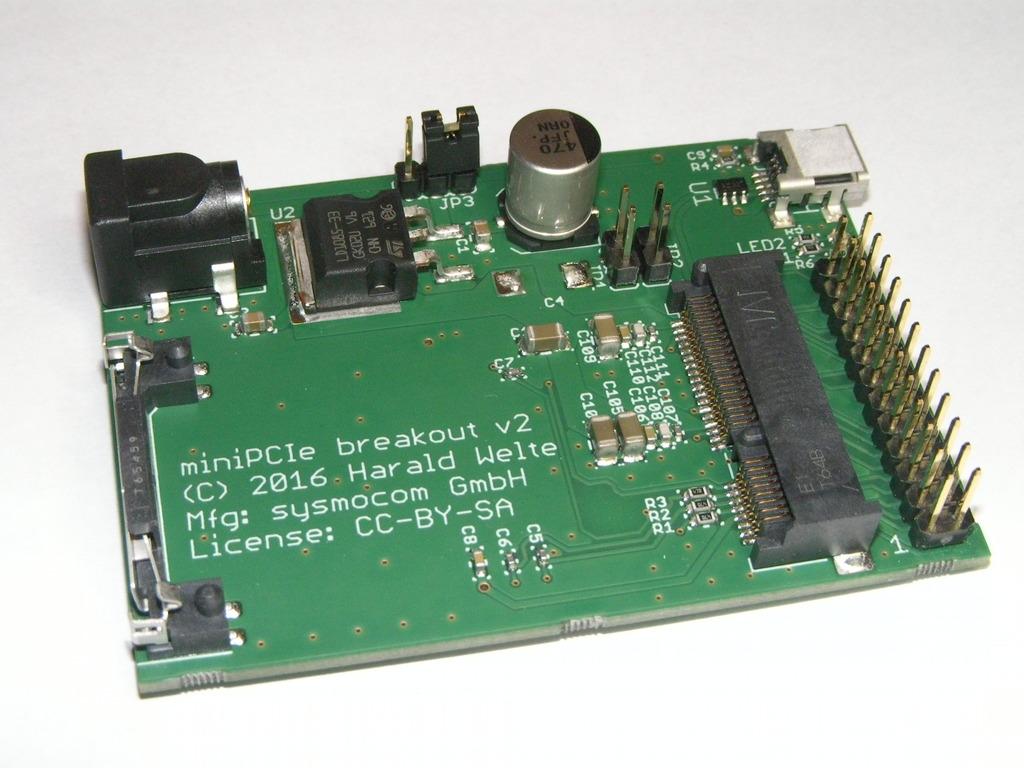Feed SparkFun Electronics [copy] http://www.sparkfun.com/feeds/news has loading error: cURL error 22: The requested URL returned error: 405
Feed The RFID Weblog [copy] http://www.rfid-weblog.com/index.rss has loading error: cURL error 22: The requested URL returned error: 404 Not Found
Feed tqfp.org [copy] http://tqfp.org/rss/ has loading error: A feed could not be found at `http://tqfp.org/rss/`; the status code is `200` and content-type is `text/html; charset=utf-8`
Open Hardware IEEE 802.15.4 adapter "ATUSB" available again

Many years ago, in the aftermath of Openmoko shutting down, fellow former Linux kernel hacker Werner Almesberger was working on an IEEE 802.15.4 (WPAN) adapter for the Ben Nanonote.
As a spin-off to that, the ATUSB device was designed: A general-purpose open hardware (and FOSS firmware + driver) IEEE 802.15.4 adapter that can be plugged into any USB port.
This adapter has received a mainline Linux kernel driver written by Werner Almesberger and Stefan Schmidt, which was eventually merged into mainline Linux in May 2015 (kernel v4.2 and later).
Earlier in 2016, Stefan Schmidt (the current ATUSB Linux driver maintainer) approached me about the situation that ATUSB hardware was frequently asked for,...
The IT security culture, hackers vs. industry consortia
In a previous life I used to do a lot of IT security work, probably even at a time when most people had no idea what IT security actually is. I grew up with the Chaos Computer Club, as it was a great place to meet people with common interests, skills and ethics. People were hacking (aka 'doing security research') for fun, to grow their skills, to advance society, to point out corporate stupidities and to raise awareness about issues.
I've always shared any results worth noting with the general public. Whether it was in RFID security, on GSM security, TETRA security, etc.
Even more so, I always...
DHL zones and the rest of the world

I typically prefer to blog about technical topics, but the occasional stupidity in every-day (business) life is simply too hard to resist.
Today I updated the shipping pricing / zones in the ERP system of my company to predict shipping rates based on weight and destination of the package.
Deutsche Post, the German Postal system is using their DHL brand for postal packages. They divide the world into four zones:
Zone 1 (EU)
Zone 2 (Europe outside EU)
Zone 3 (World)
You would assume that "World" encompasses everything that's not part of the other zones. So far so good. However, I then stumbled about Zone 4 (rest of world)....
Project: Wooden synchronous clock

My first time-keeping device, using a stepper motor to control the main wheels and mains frequency counting circuits to keep the time. Full schematic included with bonus errors.
Diodes part 2: Homemade aluminium diodes
We're back in the lab trying some new combinations and methods to make diodes. This time: aluminium and wet electrolytes. Getting closer to the idea of just being able to 'dab' diodes onto PCBs, but not quite there yet.
BMP280 and ESP8266

The BMP280 is the next generation sensor from Bosch and follows its predecessors BMP085 - BMP180. Price for it is now under $2 with free shipping.
Key parameters
Pressure range 300 … 1100 hPa (equiv. to +9000…-500 m above/below sea level)
Package 8-pin LGA metal-lid
Footprint : 2.0 × 2.5 mm², height: 0.95 mm
Relative accuracy ±0.12 hPa, equiv. to ±1 m
(950 … 1050hPa @25°C)
Absolute accuracy typ. ±1 hPa (950 ...1050 hPa, 0 ...+40 °C)
Temperature coefficient offset 1.5 Pa/K, equiv. to 12.6 cm/K (25 ... 40°C @900hPa)
Digital interfaces I²C (up to 3.4 MHz) SPI (3 and 4 wire, up to 10 MHz)
Current consumption 2.7µA @ 1 Hz sampling rate
Temperature range -40...
Ten years anniversary of Openmoko
In 2006 I first visited Taiwan. The reason back then was Sean Moss-Pultz contacting me about a new Linux and Free Software based Phone that he wanted to do at FIC in Taiwan. This later became the Neo1973 and the Openmoko project and finally became part of both Free Software as well as smartphone history.
Ten years later, it might be worth to share a bit of a retrospective.
It was about building a smartphone before Android or the iPhone existed or even were announced. It was about doing things "right" from a Free Software point of view, with FOSS requirements going all the way...
Open Hardware Multi-Voltage USB UART board released

During the past 16 years I have been playing a lot with a variety of embedded devices.
One of the most important tasks for debugging or analyzing embedded devices is usually to get access to the serial console on the UART of the device. That UART is often exposed at whatever logic level the main CPU/SOC/uC is running on. For 5V and 3.3V that is easy, but for ever more and more unusual voltages I always had to build a custom cable or a custom level shifter.
In 2016, I finally couldn't resist any longer and built a multi-voltage USB UART adapter.
This board exposes two UARTs at a user-selectable...
Open Hardware miniPCIe WWAN modem USB breakout board released

There are plenty of cellular modems on the market in the mPCIe form factor.
Playing with such modems is reasonably easy, you can simply insert them in a mPCIe slot of a laptop or an embedded device (soekris, pc-engines or the like).
However, many of those modems actually export interesting signals like digital PCM audio or UART ports on some of the mPCIe pins, both in standard and in non-standard ways. Those signals are inaccessible in those embedded devices or in your laptop.
So I built a small break-out board which performs the basic function of exposing the mPCIe USB signals on a USB mini-B socket, providing power supply to...
ESP8266 adapter module fits LoRa Dorji module

Soldering the Dorji LoRa module is not so easy if you don't have soldering skills. But you can borrow this adapter board ($2.60 per 10pcs) from ESP8266 and its fits very well. Same pads distance, just few modification ( remove components) and a short on the back where the AMS1117 should be and that's it, we have a more practical module to work with. Don't forget to add a curly antenna.
Don't forget to relabel the edges with the Dorji's module values, since the labels will not be visible anymore.
Dorji's LoRa module on ESP8266 adapter plate
ESP8266 adapter plate
Back of ESP8266 adapter plate